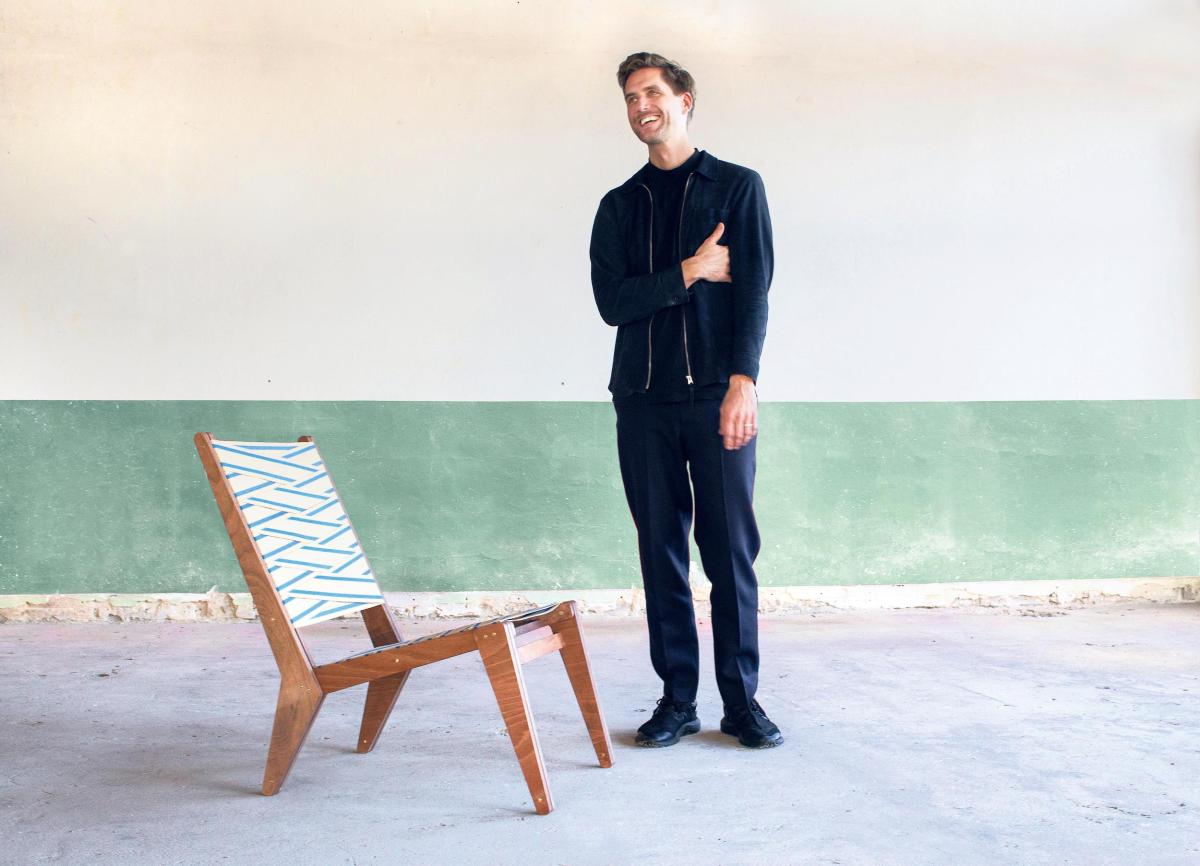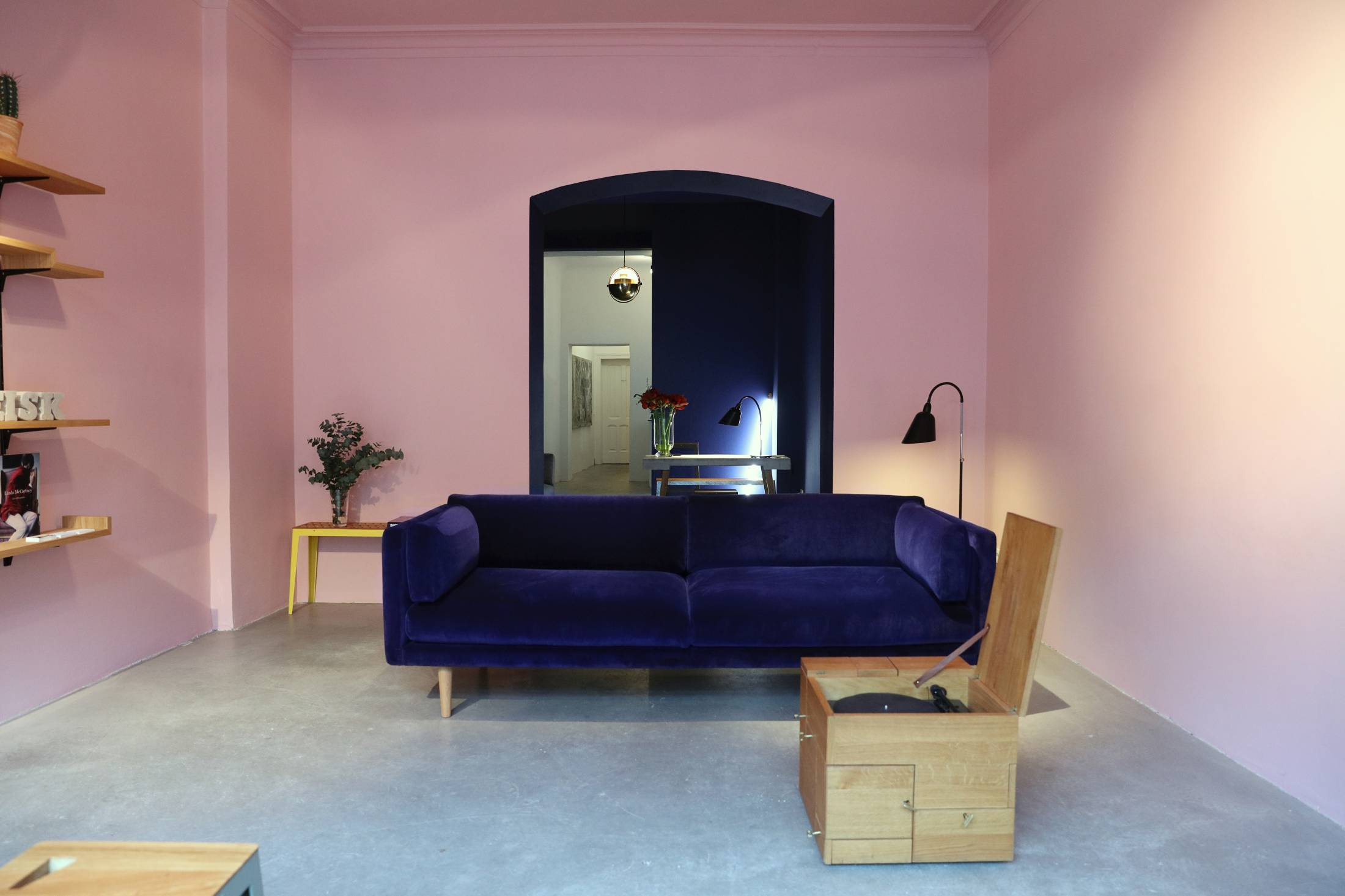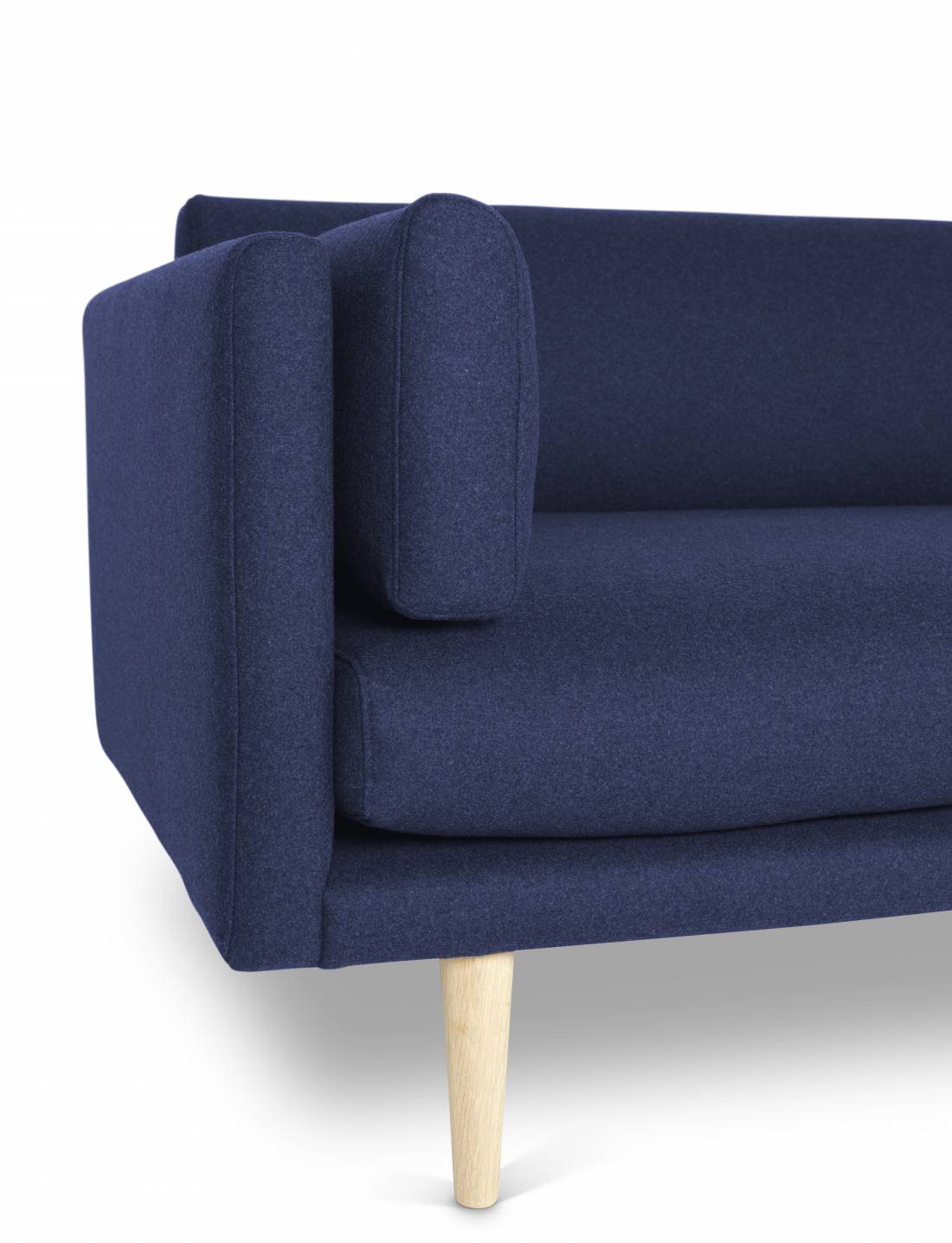Can you please tell us how you started your professional life and how you shaped it by time?
I graduated as an architect. It is a long tradition in Denmark that architects also design furniture. I feel that it is in my nature to design in various scales. After finishing my studies in Copenhagen, I moved to Berlin. The first thing I designed was a series of furniture with the materials typical for architecture such as tables out of concrete. So my starting point was an overlap of architecture and design.
How does being an architect influence your design approach?
I translate my architectural thinking into design in terms of scale and material. Turning a design piece into a small-scale architecture so to say.
Treetop Hotel at Lovtag
We are familiar with the Danish design classics. What about the contemporary Danish design? How did it evolve?
The more interesting contemporary Danish design pieces are the ones, which experiment with forward-thinking making-techniques and materials. The less interesting ones are taking the aspects of Danish design classics from the 50s-60s one-to-one. It is not my intention to create design work reflecting my heritage but for sure it is in my DNA. I might have certain preferences, which come naturally such as using a limited number of materials in my design work. This could actually be perceived not only as Danish but also Japanese or even Swiss. At the end, it is about doing things in a certain manner.
Sigurd Larsen for Formel A
Can your design work Sigurd Larsen for Formel A be examined in this context?
Absolutely. Formel A is a design company from Copenhagen. They asked me to design a series of sofas. We didn't have a desire to deliver something Scandinavian. For example, the colour palette and the materials are close to Milanese design aesthetics. In the end, we see a hybrid design concept, Best of both Copenhagen and Milan.
Michelberger Hotel Project
Your project for Michelberger Hotel, the Gardenhouse has a unique approach for designing a hotel room; with this room you get a whole house. Can you please tell us about the idea generation and implementation?
Michelberger Hotel is very special in the sense that you feel really home not only concerning the design but also the personnel. The design of the existing hotel fits to the design context of BerlinWith this room, we wanted to go in a completely different direction. We wanted to tell a similar story concerning the home feeling yet with a different design approach; more childish yet sober. In this case, playing another character while travelling was reflected in the design, nearly like a film script. The room is very much about being curious. We didn't want to add colors to keep it still adult yet the playful design brings the childish joy in the room.
Your Pop up Store concept for Zalando Collection was a very good example of the up-to-date understanding of volatility of design. Can you please talk about this project?
The brief was to design a flexible pop-up store concept in order to be able to bring it to various locations. As Zalando is a leading online sales platform in fashion and their main business is about how to send things, we used references reflecting transport boxes. These are temporary boxes built by cost-efficient materials.
Which subjects in the global design discussion do you find the most relevant right now?
I think transdisciplinary collaborations in the design scene are very exciting right now. Working on something that seems to be not doable at the first sight, creates something unique. I have recently collaborated with a warehouse company in Germany, which is quite unlikely. Everything is becoming more accessible in the recent times. There are many online platforms supporting design. For example, being instant in fashion design and working on more long lasting projects in architecture also creates an interesting tension. Two different tempos meet each other. I believe that when you create something it has to work at that moment and fulfill the purpose it is meant to. The future generations will be smart enough to repurpose it. Additionally, I find material research very exciting. Whereas the form has been worked on through the decades, there is still a lot to discover in material research.
Can you please tell us about your upcoming projects?
This year we will finish a school in West-Germany and some residential projects in Germany and Austria. One of the most fun projects we are working on is a treetop hotel project in Denmark, that will consist of 9 little cabins mounted in the trees.
































